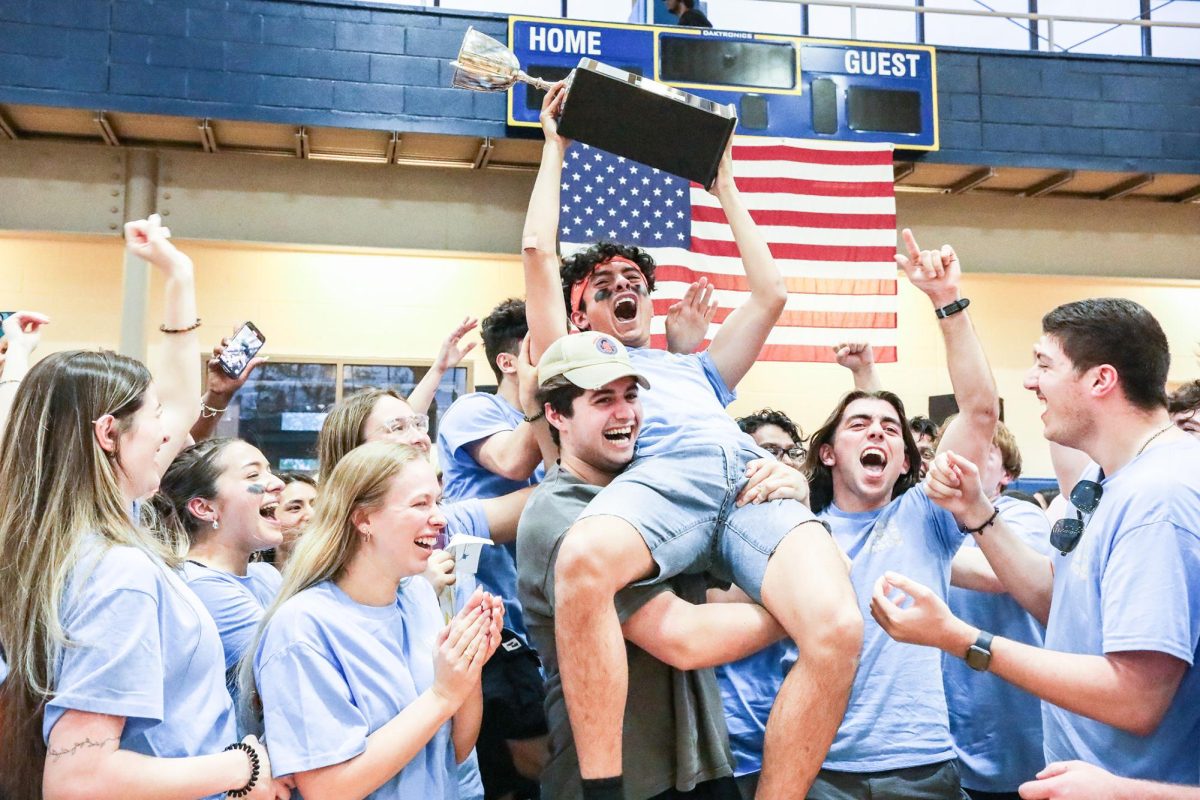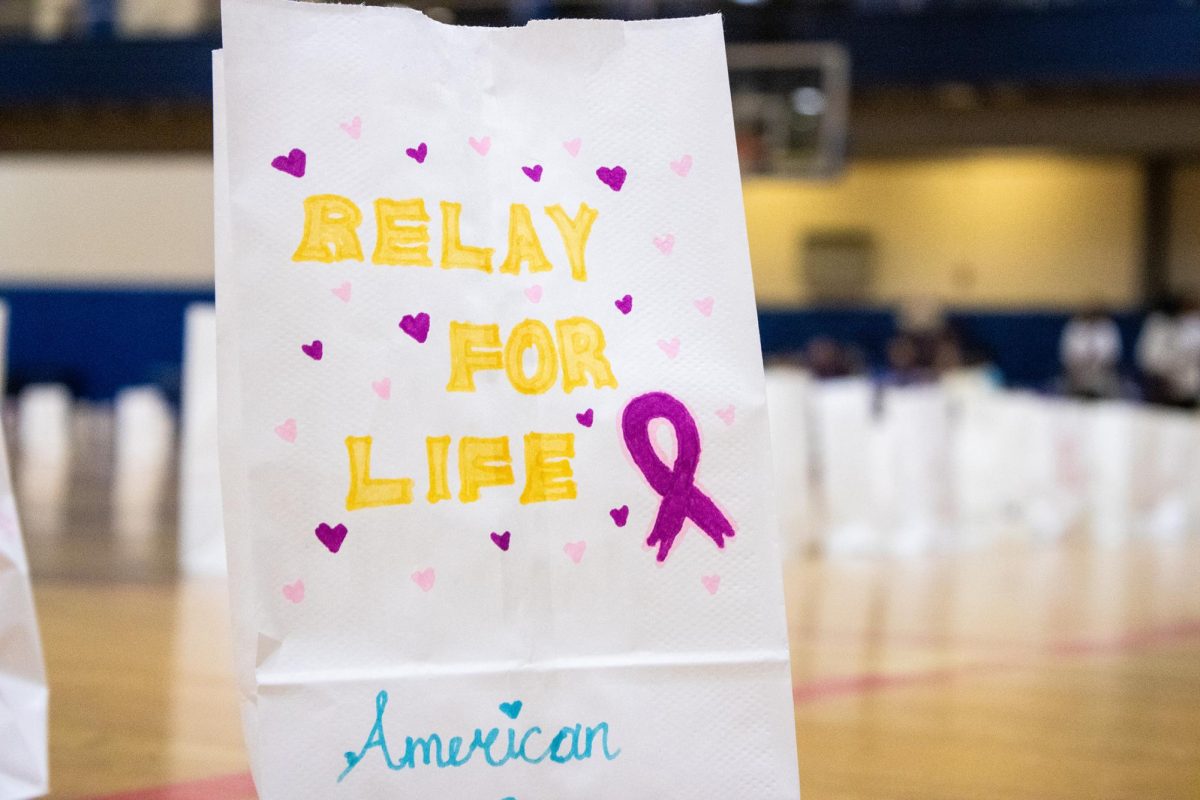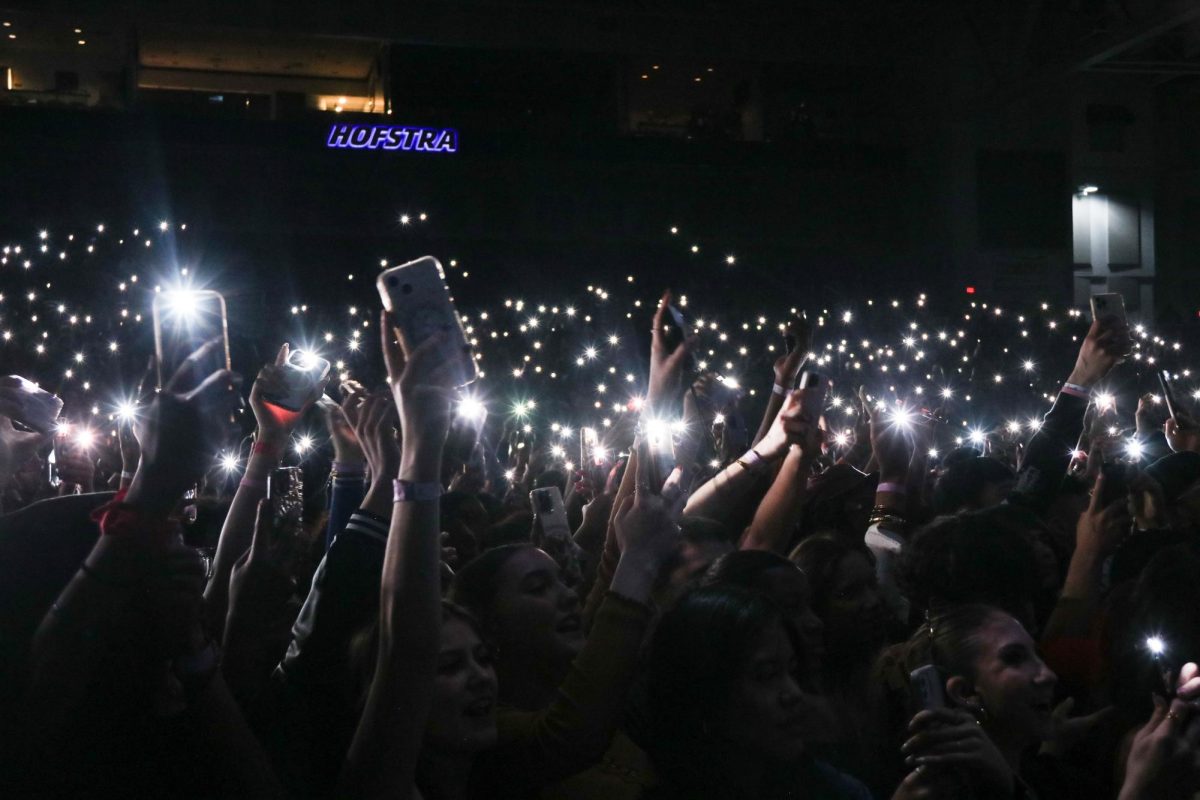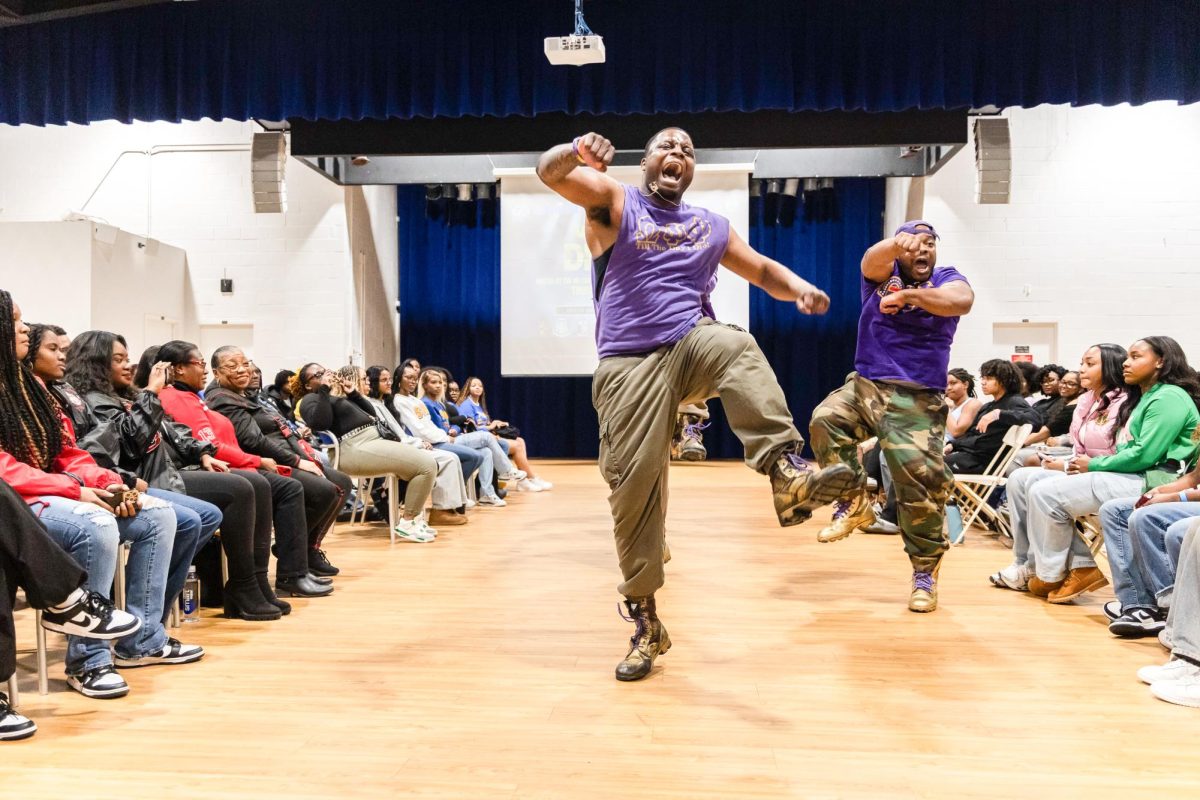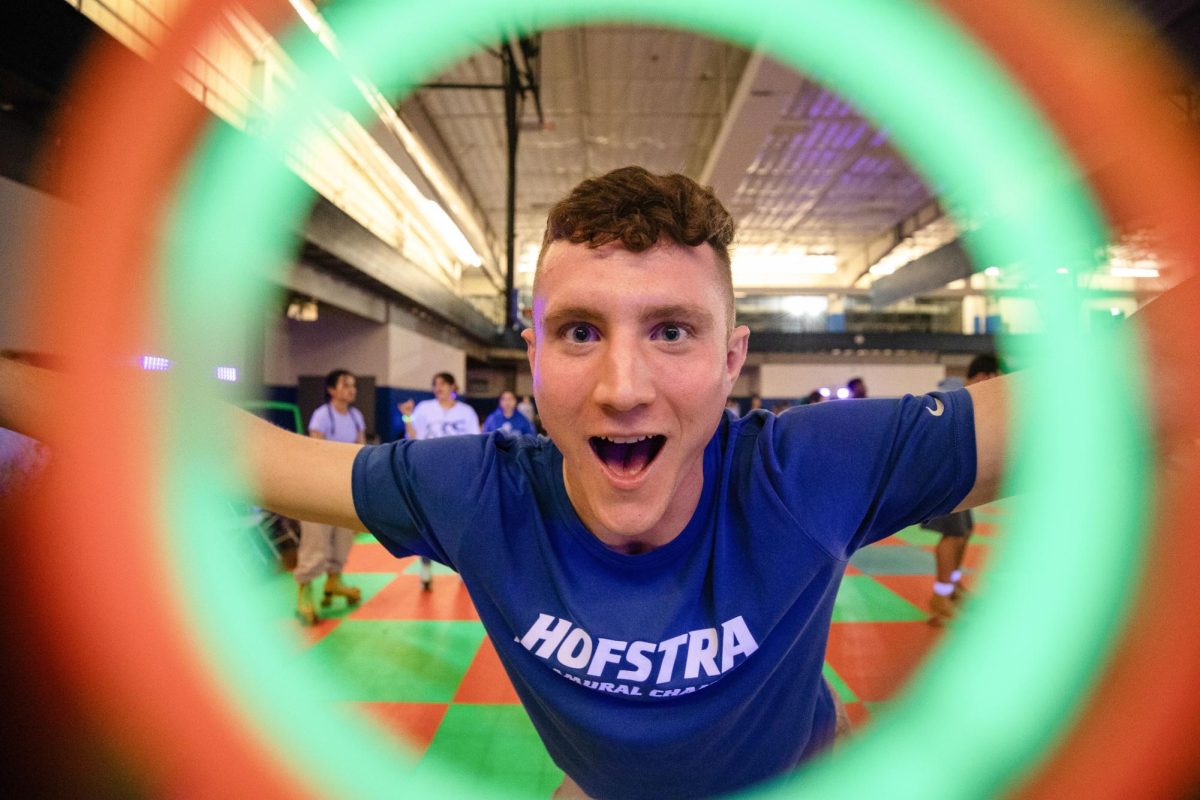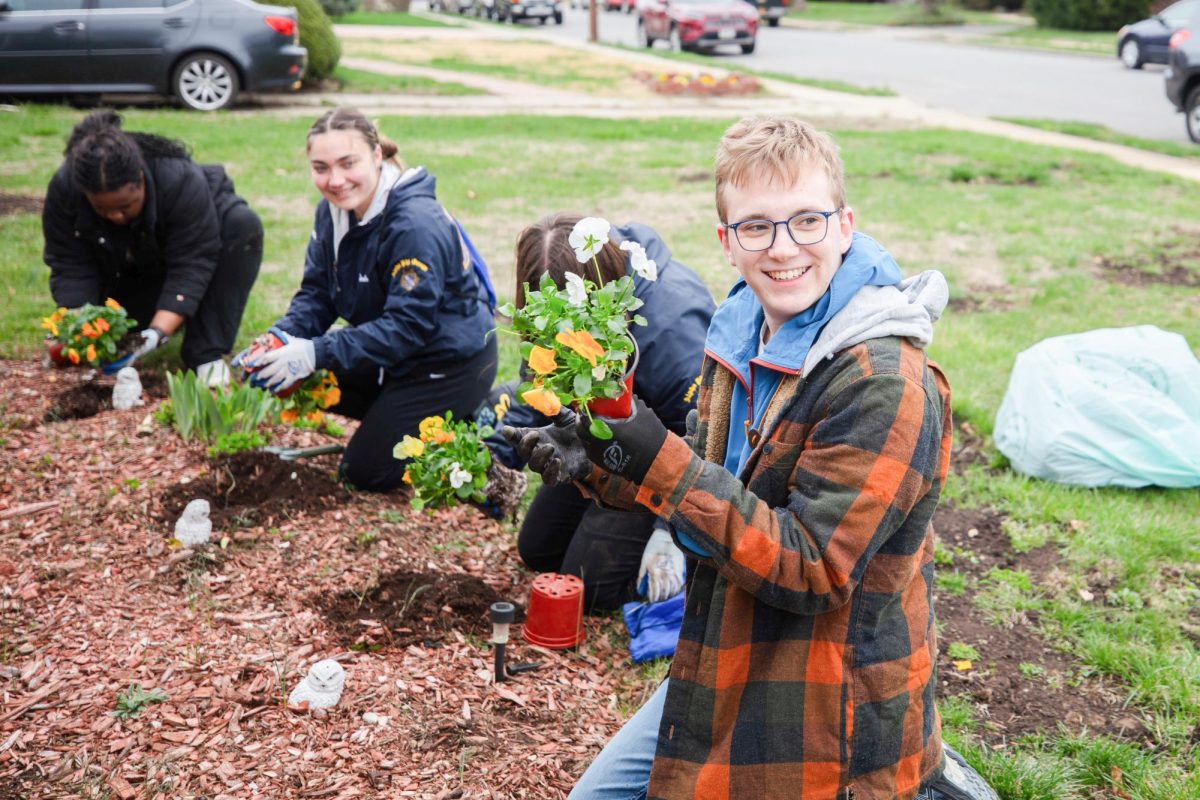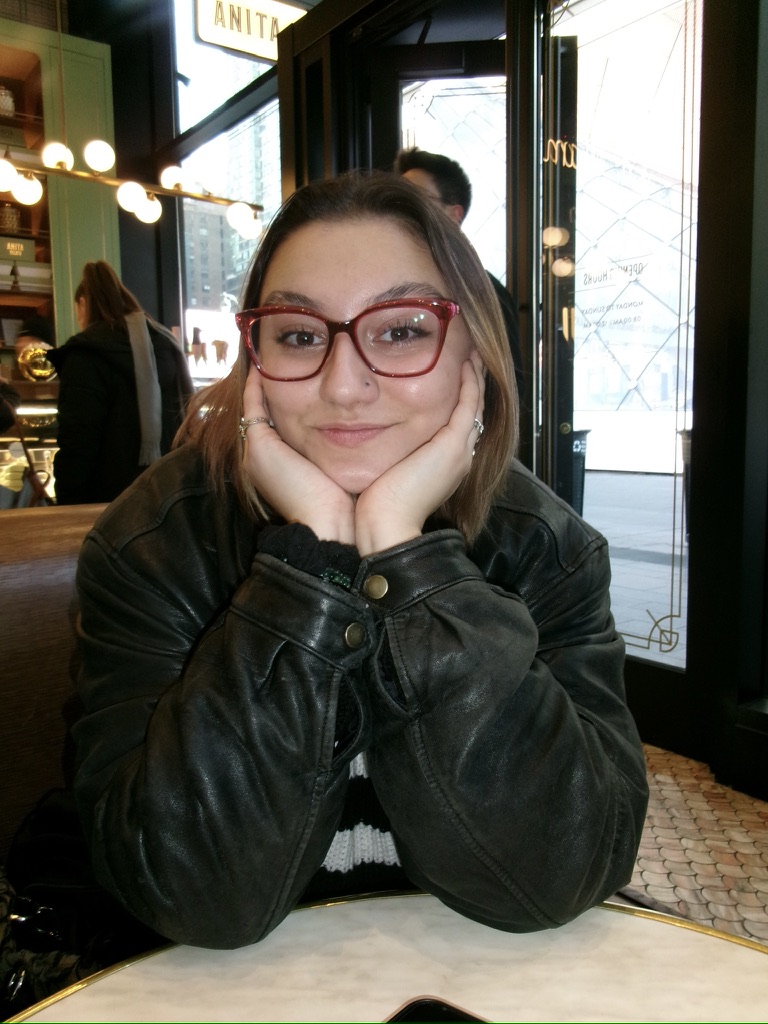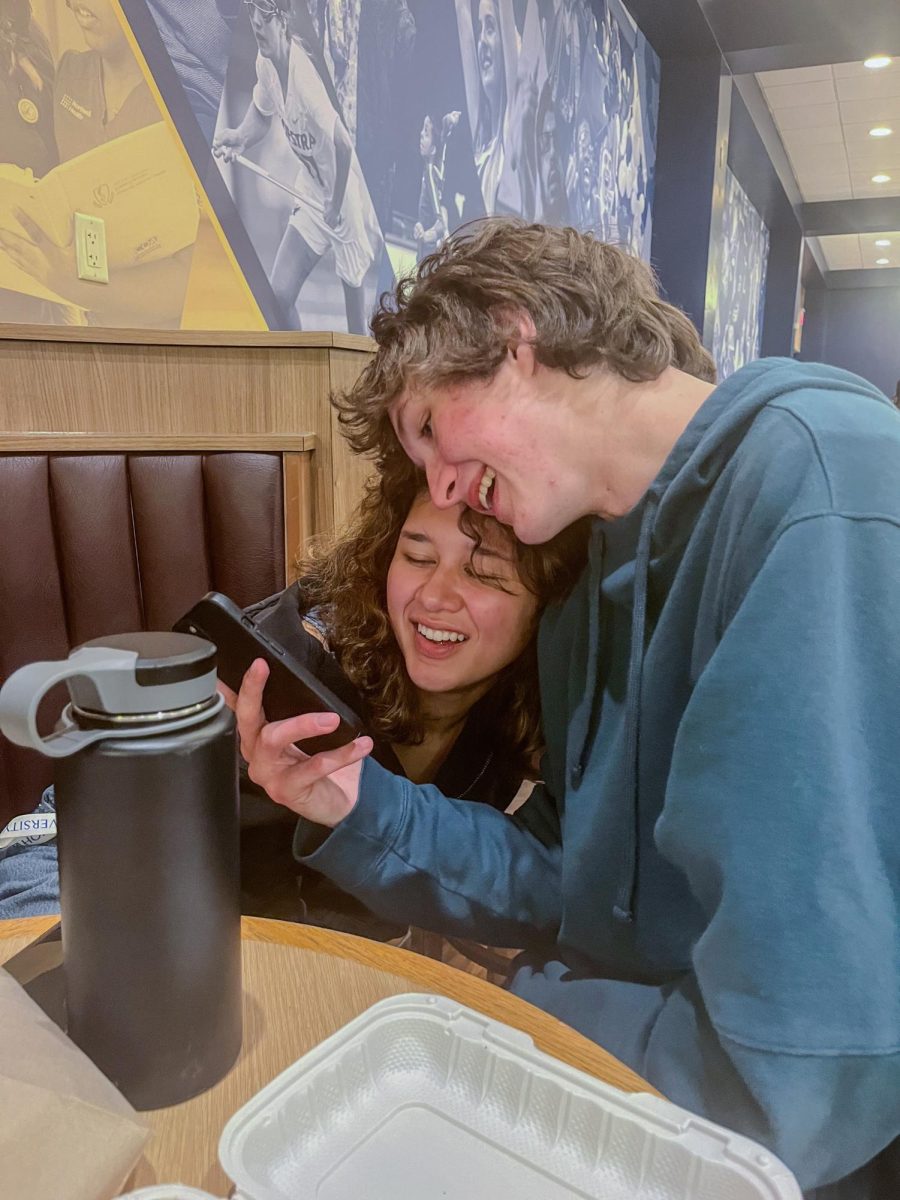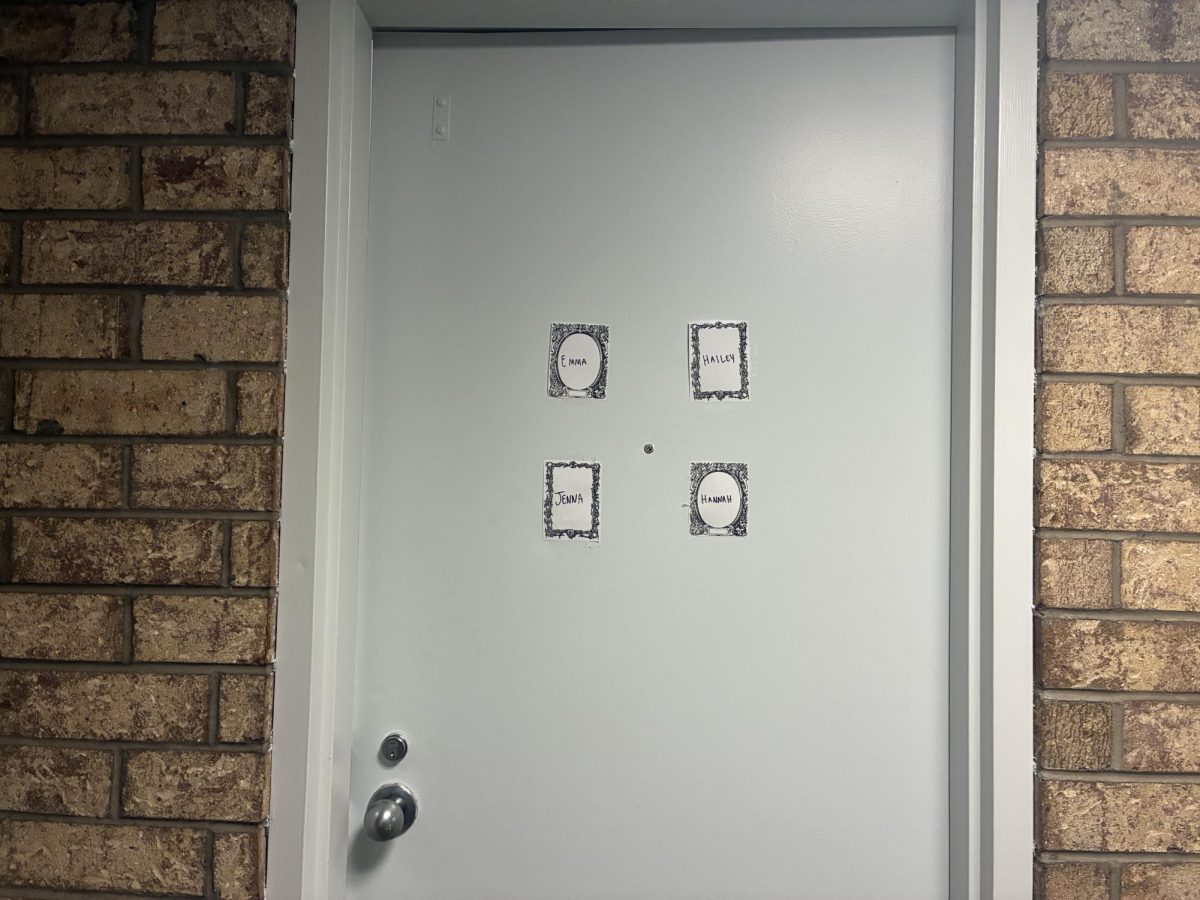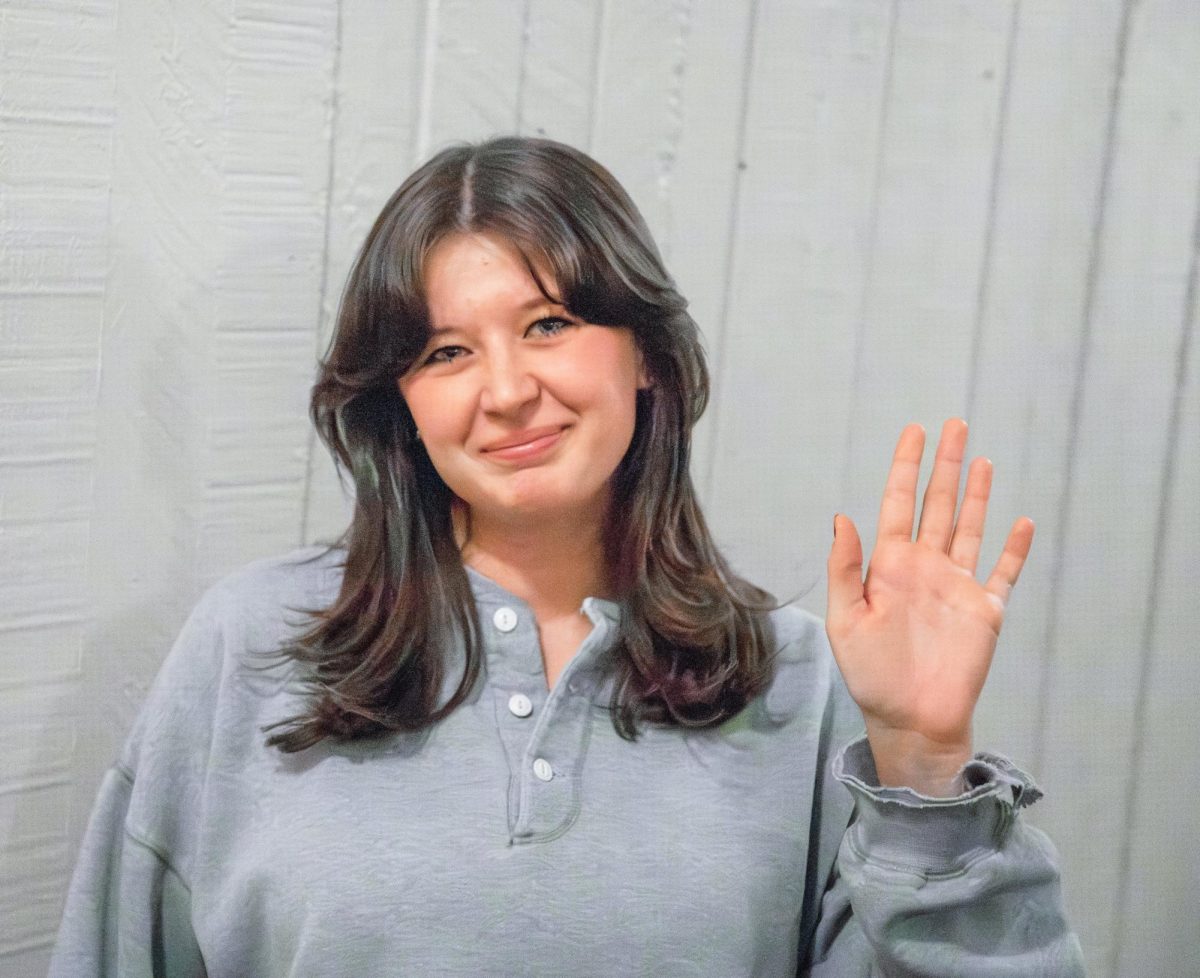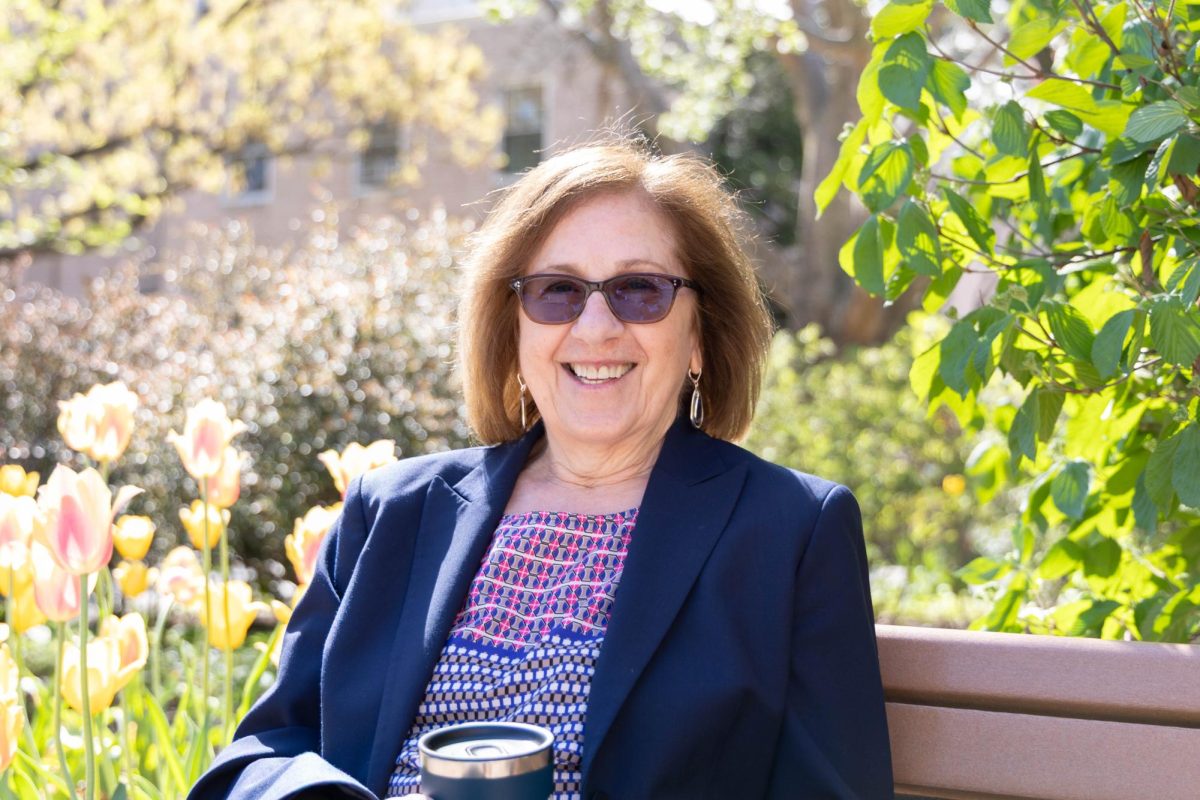By Kirstyn Brendlen
STAFF WRITER
We stood next to a line of old Israeli tanks in the Golan Heights – lined up along the Syrian border in a false show of force, creating the illusion of troops ready to go. I was reminded of how desensitized Americans are to militarism. A few of my friends skirted around the edges of the tanks, not wanting to be anywhere near them.
We’re nearly ready to leave when there’s a burst of machine-gun fire from the other side of the border. “Did you hear that?” our guide Haytham casually asked. The gunfire was either al-Nusra or the Syrian army. There’s silence until we move to the other side of the mountaintop – out of sight from the border – and then there’s more gunfire. “They might have been able to see us before, that might be why they stopped shooting. They fire all over the place,” Haytham said.
Our minibus rattled north for two hours when we enter the Golan – a tiny strip of formerly Syrian land captured by Israel in 1967. Israel annexed the land in 1981 – a move unrecognized by the U.N. – and it’s been considered occupied territory since then.
From the bus windows I could see that the hills were crisscrossed with barbed wire fences and dotted with red and yellow signs that warn of land mines. Some are Israeli, but many of them are Syrian – left over from before 1967, hard to find and expensive to remove.
We were visiting one of the Druze villages there – the Druze are a small ethnic and religious group scattered across Syria, Jordan and Israel. In an attempt at self-preservation, after years of persecution, very few people know the details of their faith. The Druze of the Golan are different from the Druze in the rest of Israel – most notably because they don’t serve in the Israeli Defense Forces. A Druze man, Ayhab, told us that his father, while serving in the IDF in 1973, met his cousins who were fighting for Syria during the war. “The Golan could be used in any negotiations. Their parents could be there – any decision they make could affect the Druze in Syria.”
We stopped by side of the road to pick up our guide Haytham – a religious Druze, marked by his long moustache and a shaved head and chin. “The easiest way to remember my name is to say “Hi, Sam!” he said, throwing us a salute.
The parking lot at an unused Israeli military base was dotted with U.N. trucks and doorless Jeeps full of tourists. The Syrian border was right in front of us – green fields and orchards on the Israeli side gave way to brown land on the Syrian side, split down the middle by the Demilitarized Zone and a high fence built by Israel after the war started.
Haytham pointed to a hazy cluster of buildings. “You see that? Al-Nusra is in that village.” Al-Nusra are an al-Qaeda affiliate who’ve been occupying the land just over the border since 2014. He said Israel has been funding the group – taking wounded soldiers over the border for medical care and providing food for troops. “If it wasn’t al-Nusra, it would be Hezbollah, and that’s the enemy.”
The military base is mostly a tourist stop now – the gift shop sells tea and t-shirts that say “I’m Jewish, Wanna Check?” in white block letters. Under a U.N. flag and a flimsy awning are two soldiers watching the border. They are casual about the post – drinking coffee from the gift shop, smiling wide for our all-girl class.
Stopping in the village where Haytham lives is almost an accident – we rolled to a stop on a flat tire and filed into a small bakery while the bus drove to the shop. The bakery had no sign, was only open only a few hours per day and was manned by three women working in front of small domed ovens. They were making pita special to the region – filled with potato and cheese or covered in za’atar. We handed over our five shekels in exchange for the fresh bread – the women speak only Arabic and all we could say was “shukran, shukran” – thank you, thank you.
When the bus was fixed, we drove to our actual destination – Haytham’s parents house, on the same block as Haytham’s own house and those of his brothers. His mother handed a bottle of orange Fanta and a stack of plastic cups out the window, and we stood in the yard talking to his father and terrorizing his herd of red-painted goats.
Around the corner is Haytham’s house, where we took our shoes off on the porch and filed inside. Portraits of three Islamic leaders hung around the house and we sat on low cushions to eat lunch – Druze pita, so thin there’s holes in it, with homemade lebne. Haytham’s wife had laid out a spread of pastries and fruit – the family was dedicated to feeding us.
Haytham’s insistence on feeding us continued when he drove us to his family’s orchard. He said the apples weren’t ready yet, not until September, but he started pulling plums off of a tree and said, “Everyone take five plums, we have too many. You’re not allowed to leave without taking five plums.” We tried to figure out where the border must be without asking him – we can’t be more than a few miles from the ceasefire lines – but Haytham’s biggest worry is the plums.
Our last stop in the Heights seemed insignificant at first– we pulled over in the village of Madjal Shams, on a road twenty feet from the border fence. Behind us the village was busy, cars whizzing by on the road. The houses on the Syrian side were silent. Far from insignificant, we discovered we were at the Shouting Valley, where families separated in 1967 would come to talk. Barely visible from across the border, families would literally yell news to each other and decide when to meet next. Now the valley is quiet, the threat of the Syrian army keeping anyone from approaching the fence.


